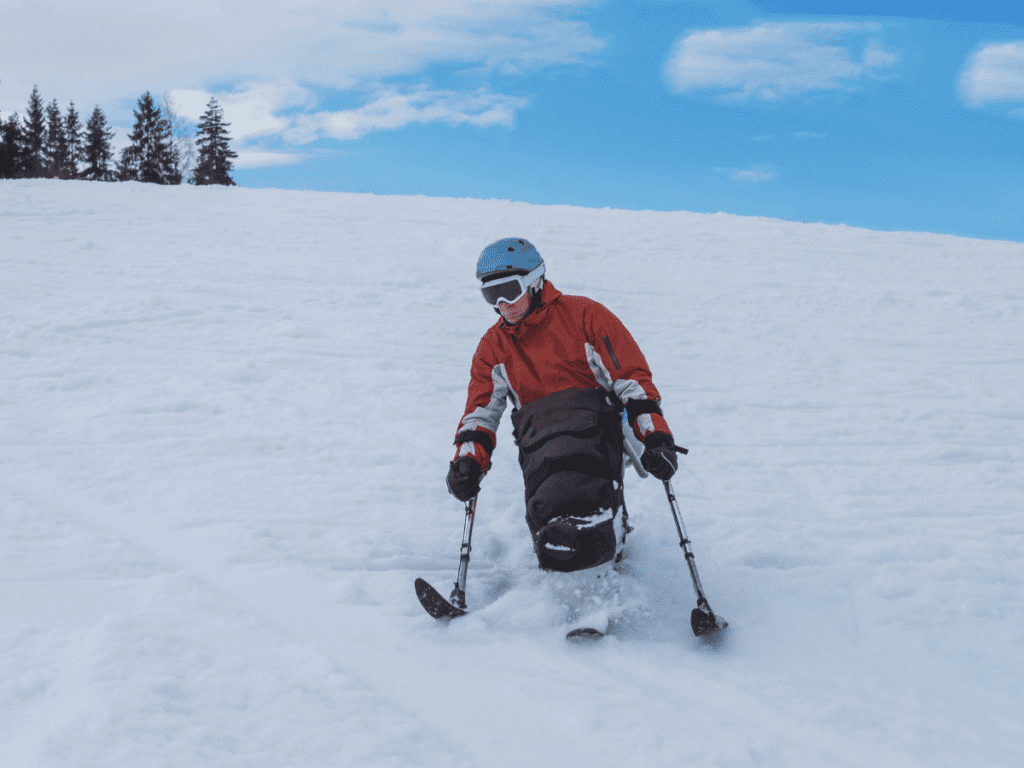Neck strengthening for concussion mitigation
In recent years, the sporting community has gotten better at spotting and treating sports-related concussions, however there remain many questions surrounding preventive measures. Exploring whether neck size or strength correlates with reduced concussion risk has found that formal neck strengthening programs show promise in reducing risk, particularly among amateur athletes.
Youth sport participation and physical activity in rural communities
Children and youth in rural areas move around and play sports differently depending on their grade, gender, and family income. This study found disparities in sport participation and activity levels, highlighting the need for targeted interventions to promote physical activity and health equity among rural youth.
Inclusive policies
Many trans athletes report negative experiences in sport. A contributing factor is a lack of sport policies addressing trans inclusion. Accordingly, researchers have highlighted the need for sport organizations to develop inclusive policies that are created and updated based on research.
Inclusive language
The language used by coaches plays a significant role in fostering inclusive environments for 2SLGBTQI athletes. As a coach, some ways to make the language you use more inclusive include using athletes’ preferred pronouns and avoiding the use of gendered language, for example, by saying “hello everyone” rather than “hello guys.”
Would you pay to offset your carbon footprint in sport?
A study of professional athletes’ willingness to pay for offsetting greenhouse gas emissions reveals a promising intersection between sports participation and environmental sustainability efforts with a majority of participants showing readiness to financially support green initiatives. Key strategies include raising environmental awareness, demonstrating event sustainability, leveraging social influence, and collaborating with environmental organizations. These strategies…
How sports team initiatives shape fans’ eating habits
Did you know that a sports team’s promotion of plant-based foods can influence their fans’ eating habits? Studies reveal fans with a strong identification to their team are more inclined to adopt a diet rich in vegetables and less in meat when they’re aware of the team’s pro-environmental food initiatives. By fostering a sense of…
Ski like a girl: Researchers reveal hidden histories of women in Nordic sport

From a U of A varsity ski club to the Canadian Birkebeiner and the Olympics, women have always been part of the landscape of winter sport. When Lyndsay Conrad dove into her archival research on early 20th-century ski history in Alberta, she found women were missing in the standard narratives, yet leap out in old…
Plyometrics and sport performance
Strength and conditioning are key in all areas of sport. One method of strength training is plyometric training, which is a series of explosive body weight resistance exercises. A recent study finds that sport performance consisting of throwing capacity, jumping ability, and sprint performance significantly improved due to plyometric training interventions.
Minor soccer referees in Quebec to wear body cameras to prevent abuse
To combat escalating abuse from parents and coaches, a minor soccer association plans to equip referees with body cameras aiming to protect young referees and deter aggressive behaviour. In Ontario, a pilot project with referee-worn cameras has shown promise, acting as a visual deterrent against abuse and providing referees with a tool to record incidents.
Cost of living and women’s sport participation
Amidst the cost of living crisis, women and girls encounter barriers to sports participation. Research from Women in Sport shows a widening gender activity gap, with 35% reducing activity due to financial constraints. Urgent action is needed to address economic, societal, and facility challenges for equitable access to the lifelong benefits of sport.